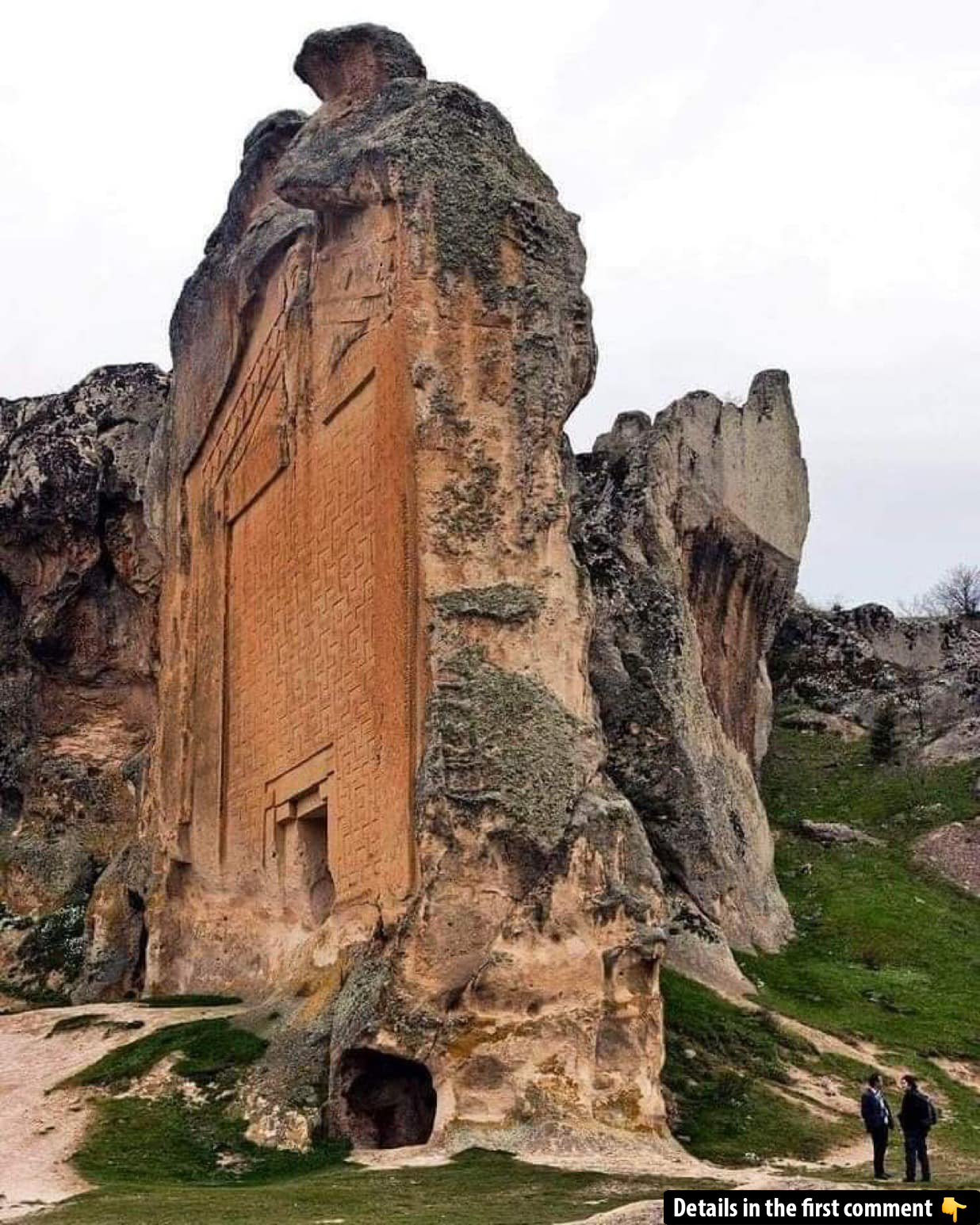Nestled in the heart of Anatolia, the ancient city of Yazılıkaya, also known as Midas City, stands as one of the most enigmatic archaeological sites from the Phrygian period. Its monumental structures and intricate inscriptions have long captured the curiosity of scholars and visitors alike. Often associated with the legendary King Midas, famous for his golden touch, this city has a rich history that stretches back more than 2,800 years. Despite centuries of abandonment and rediscovery, the site still holds many mysteries, particularly about its religious practices and the people who lived there.
Who Was Midas?
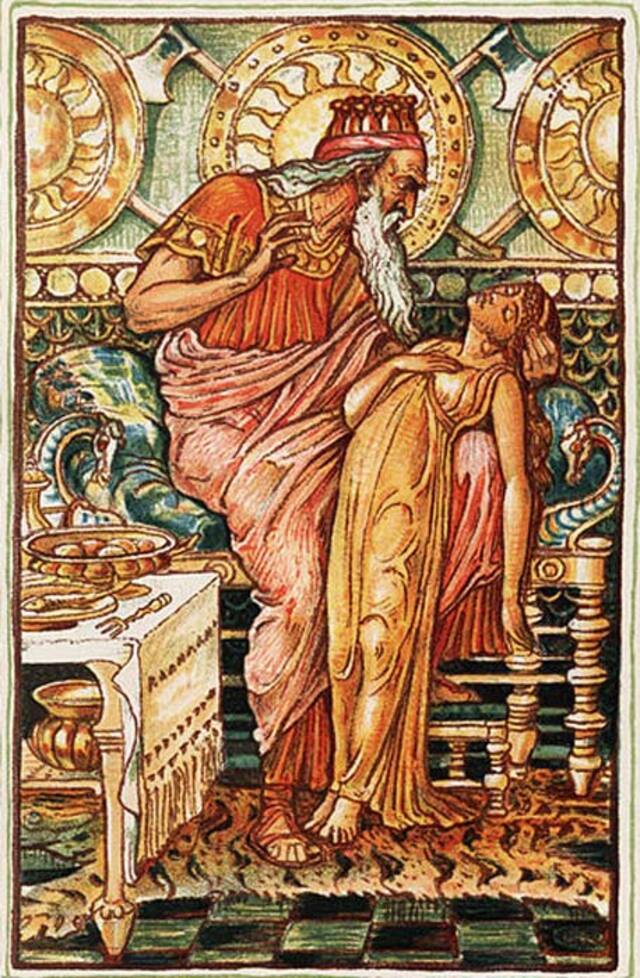
The name “Midas” is etched into the annals of history, not only for the legendary king whose touch turned everything into gold but also for the larger-than-life figure in Phrygian culture. Though the popular myth of King Midas may dominate our understanding, the Midas associated with the Midas Monument is not the famed king himself but a reference to Cybele, the Phrygian Mother Goddess. The inscription at Yazılıkaya bears the name “Midas,” but it is believed to refer to Cybele, underlining her central role in the region’s spiritual and religious life.
Midas’ association with the monument represents the Phrygian people’s reverence for divine forces and their belief in the power of deities. The monument, therefore, is not just a tribute to a mortal ruler, but rather a spiritual and cultural symbol that links the city to the divine. This insight transforms Yazılıkaya into an important religious center, offering a glimpse into the religious practices that once dominated Phrygian society.
Video
Check out the video “Midas’ın Dünyası” (1975) – it’s a fascinating journey into the world of King Midas!
Yazılıkaya: The City of Midas
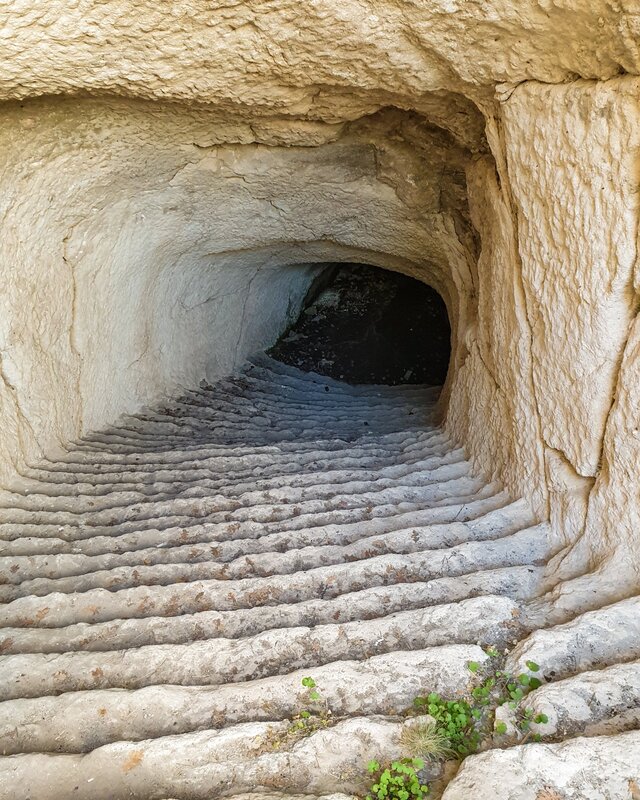
Yazılıkaya is a significant archaeological site located in the Eskişehir province of Turkey. The site dates back to the 8th century BC, and its ruins represent one of the most well-preserved examples of Phrygian civilization. The city itself was constructed on a strategic location in Yazılıkaya Valley, and archaeological findings suggest that it was primarily a religious center, far removed from the bustling political power of Gordian, the Phrygian capital.
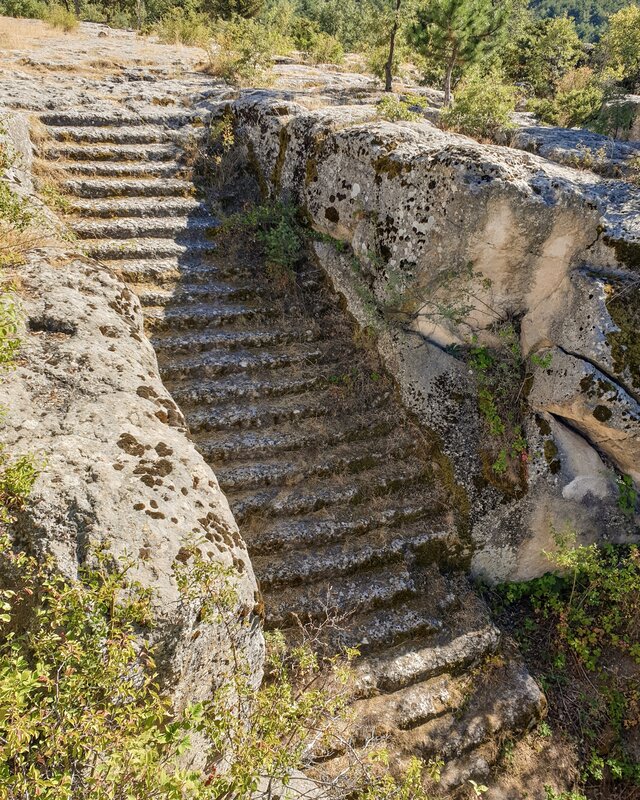
The city’s name, Yazılıkaya, which translates to “inscribed rock,” points to the most famous feature of the site: the large rock monument adorned with ancient Phrygian inscriptions. The site gained its fame from these inscriptions, which shed light on the Phrygians’ advanced understanding of language and architecture. As a city of religious significance, Yazılıkaya offered a place for worship and rituals, but it was also a place of great artistic achievement, as seen in its monumental facades.
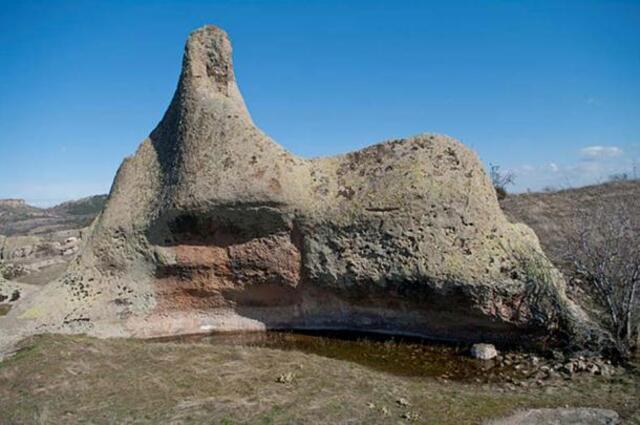
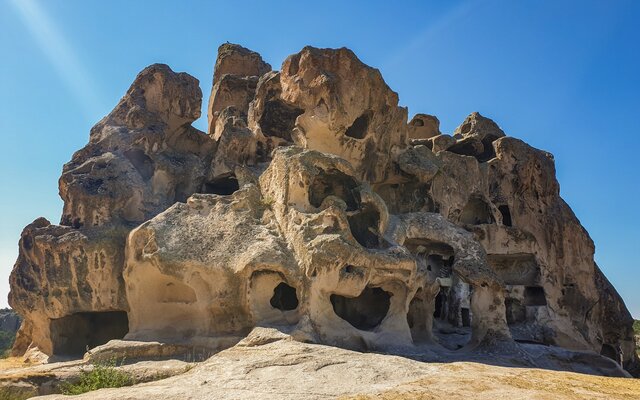
The Midas Monument: A Sacred Sanctuary
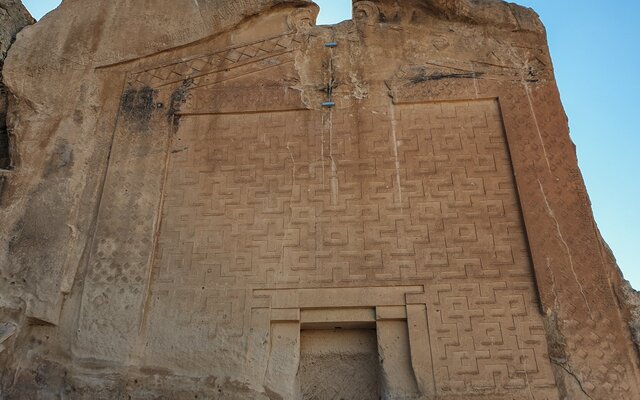
The Midas Monument is the centerpiece of Yazılıkaya, towering at 17 meters tall and 16.5 meters wide. Initially thought to be the tomb of King Midas, the monument has since been identified as a sanctuary dedicated to Cybele, the Mother Goddess of the Phrygians. The monument is carved into a massive rock face, and its design reflects a blend of artistry and functionality. The inscriptions on the upper-left section of the monument identify the site as sacred, underscoring its importance in Phrygian religious practices.
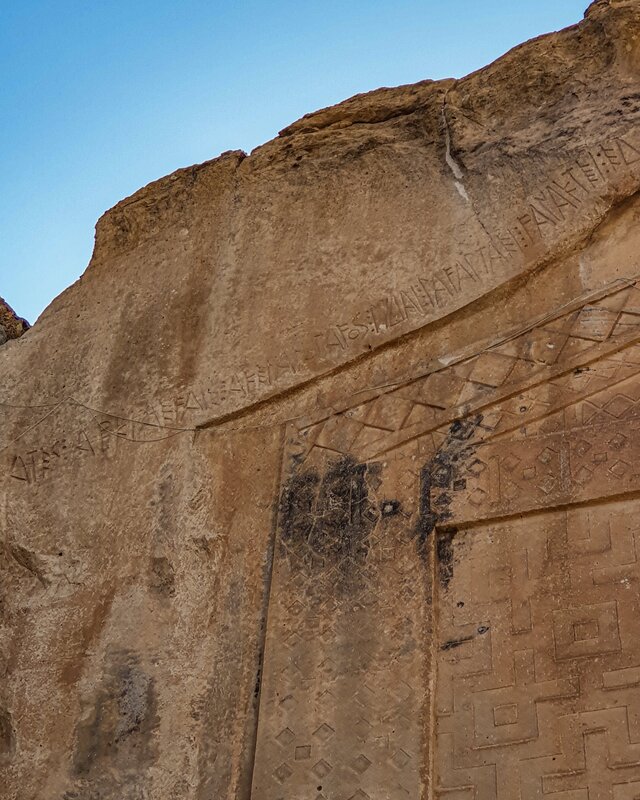
Interestingly, the Midas Monument was built with the specific intention of being a ceremonial space. The flat ground beneath the monument was used as an open-air temple, where rituals dedicated to Cybele were performed. The symbolic architecture, with its focus on grandeur and precision, was likely designed to inspire awe and reverence, connecting worshippers with the divine powers they sought to invoke.
Cybele: The Phrygian Mother of the Gods
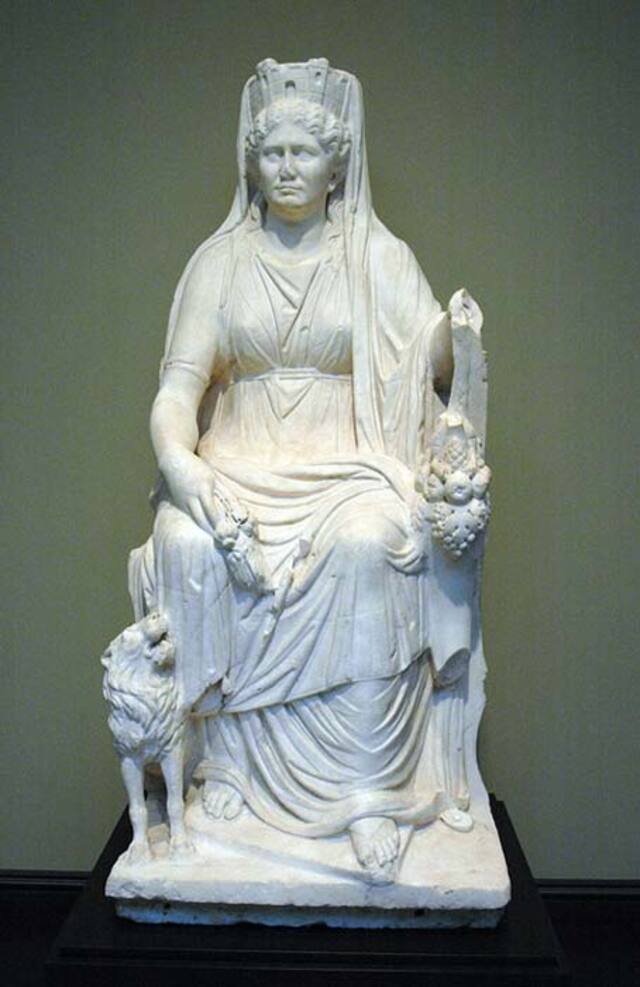
Cybele, the central deity of Phrygian religion, was known as the Mother of the Gods, and her worship played a vital role in the lives of the people in Yazılıkaya. The Phrygians regarded Cybele as a powerful figure capable of granting fertility, protection, and strength. As the embodiment of the earth’s generative forces, Cybele was honored with elaborate monuments, like the Midas Monument, and participated in various rites and ceremonies. Her influence extended far beyond the borders of Phrygia, and the Greeks later adopted her as their own deity under the name “Rhea.”
The prominence of Cybele in Yazılıkaya’s architecture and inscriptions highlights the importance of religious practices in the Phrygian kingdom. The complex rituals dedicated to her were intertwined with the agricultural cycles of the region, reflecting a culture deeply rooted in the natural world and its rhythms.
Rock-Cut Necropolis and Acropolis: The Phrygian Tombs
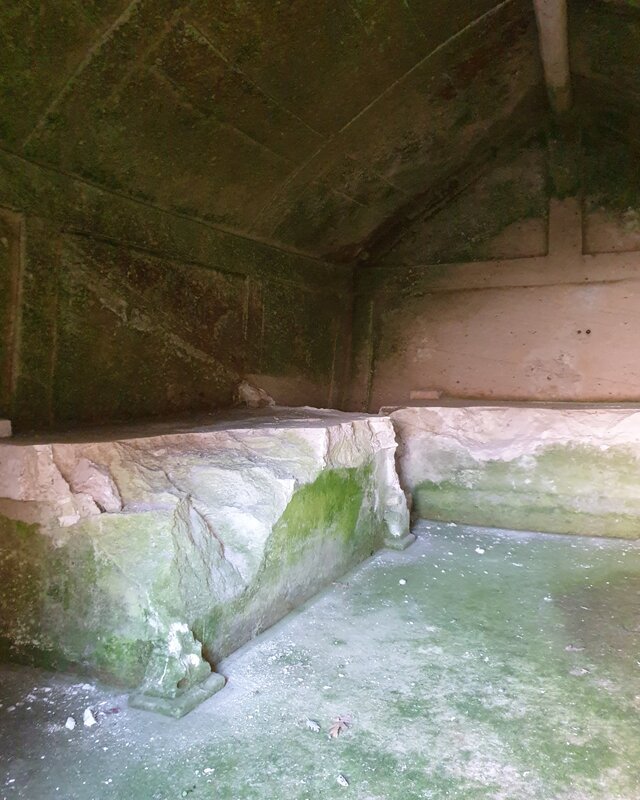
Adjacent to the Midas Monument, Yazılıkaya also features a remarkable rock-cut necropolis, which consists of several Phrygian tombs. These tombs, carved into the rock faces surrounding the site, offer valuable insight into the burial practices of the Phrygians. The necropolis was an important site, reflecting the Phrygians’ belief in the afterlife and their connection to their ancestors.
Above the necropolis, perched high on a hill, lies the acropolis of Yazılıkaya. From this vantage point, one can see the entirety of the site, including the surrounding valley and the sacred monuments. The acropolis, like the rest of the site, was built with careful planning, and its elevation further reinforces the site’s spiritual importance, symbolizing the connection between the earthly realm and the divine.
Archaeological Excavations at Yazılıkaya
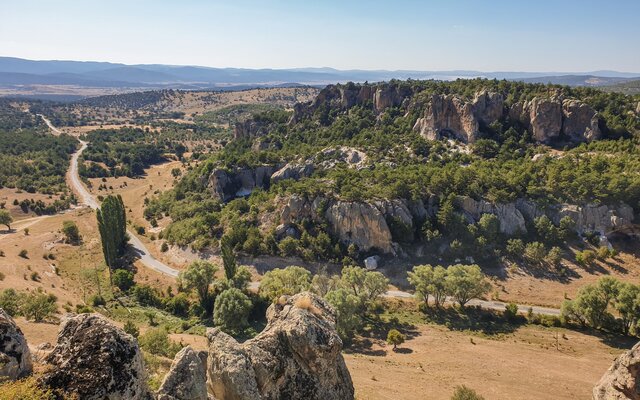
The first systematic archaeological excavations at Yazılıkaya began in 1936, led by the French Archaeological Institute in Istanbul. These early excavations uncovered significant features, including the Midas Monument, rock reliefs, and water cisterns. Subsequent excavations in the 1940s and 1950s further revealed the site’s importance as a religious center, with the discovery of the necropolis providing additional evidence of the Phrygians’ sophisticated burial practices.
Over the years, the site has been the focus of ongoing archaeological research. Excavations during the 1970s and 1990s have continued to yield important discoveries, expanding our understanding of Phrygian architecture, religious practices, and daily life. In recent years, surveys of the surrounding plain have uncovered additional monuments, further cementing Yazılıkaya’s status as a major center of Phrygian culture.
The Unfinished Monument: Phrygian Carving Techniques
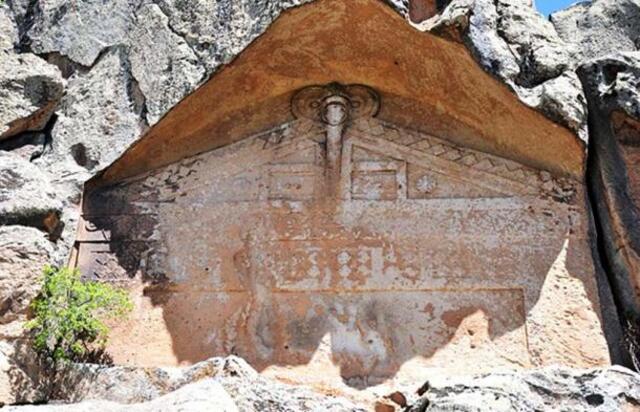
One of the most intriguing features of Yazılıkaya is the “Unfinished Monument,” located near the Midas Monument. This structure is partially completed, offering archaeologists a unique opportunity to study the techniques used by Phrygian stone carvers. The monument was constructed using a distinctive method, where the rock surface was flattened before carving intricate designs and inscriptions. The fact that it was left unfinished has provided valuable insights into the limitations and challenges faced by the Phrygians as they worked on their monumental architecture.
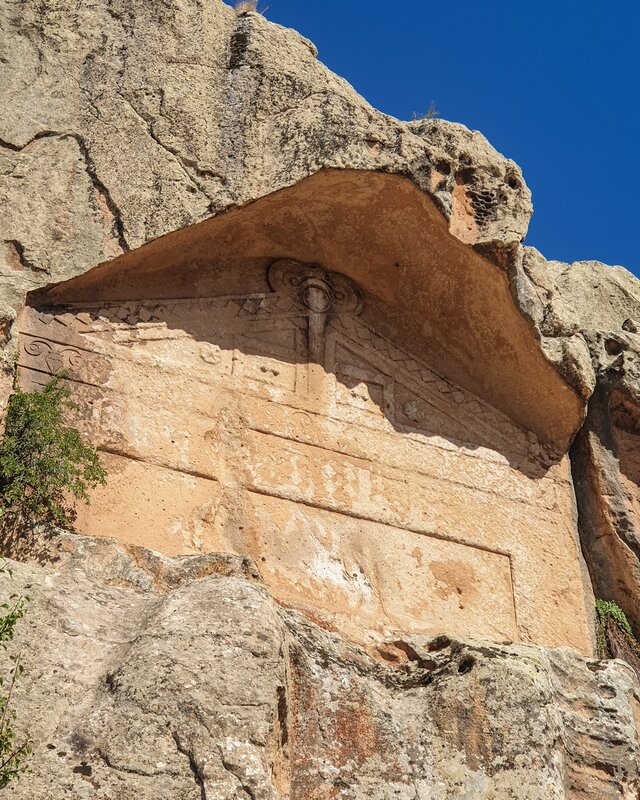
The unfinished nature of the monument also raises questions about the site’s construction process and the Phrygians’ relationship with their deities. Was this monument abandoned due to political or cultural changes? Or was it intentionally left incomplete as part of a larger ritualistic practice? These unanswered questions continue to fascinate archaeologists and historians.
Video
Watch the video on the ancient monuments of Egypt in stunning 4K – it’s a breathtaking look at the wonders of the ancient world!
Conclusion: The Ongoing Mystery of Midas City
Yazılıkaya, with its monumental facades, sacred inscriptions, and deep historical significance, remains a key site in the study of ancient Anatolian civilizations. The Midas Monument, the rock-cut necropolis, and the acropolis all offer a glimpse into the spiritual and cultural practices of the Phrygians, a civilization that, despite its relative obscurity in the annals of history, left behind a legacy of profound religious and artistic achievement.
While much has been uncovered through excavations, Yazılıkaya still holds many mysteries, especially regarding the role of Midas and the precise nature of the site’s abandonment. As archaeological research continues, we may uncover even more about the ancient city and its people, shedding light on the powerful forces that shaped the Phrygian kingdom and its monumental city.
